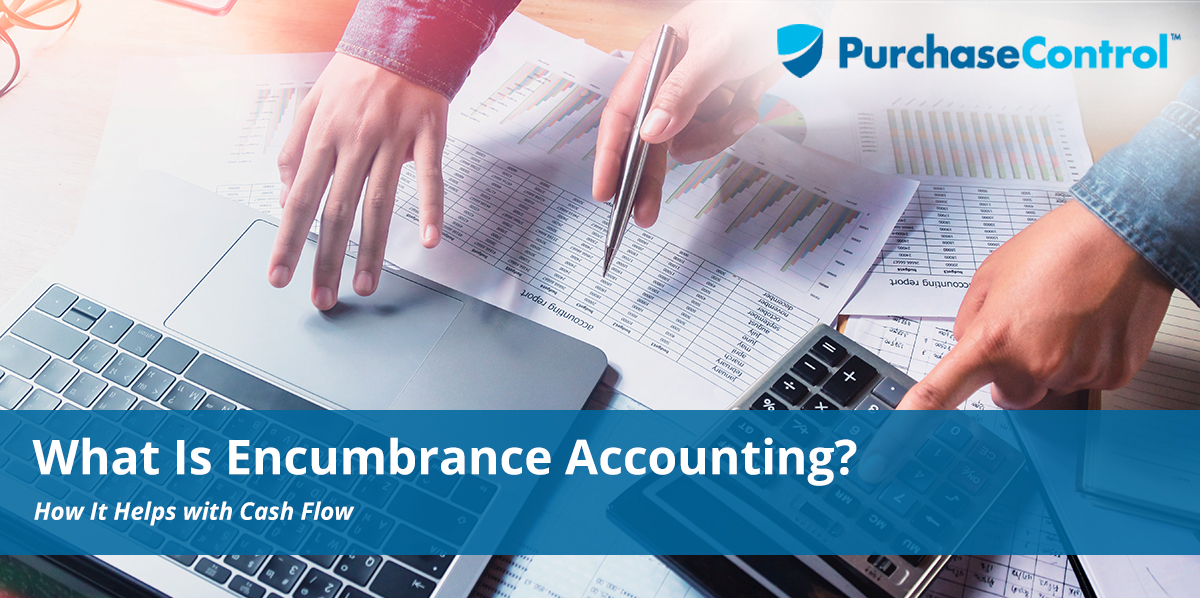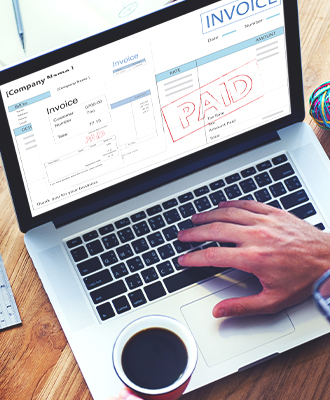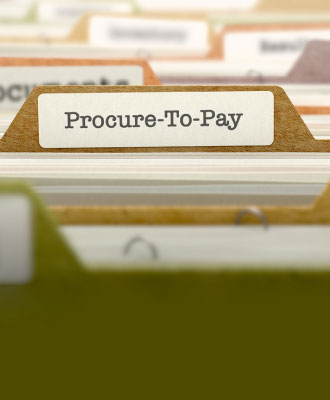What is Encumbrance Accounting?
Encumbrance accounting, also known as commitment accounting, tracks anticipated spending to budgeted amounts. This practice is aimed at more effective cash planning and control. It’s a two-step process. The first step encumbers newly entered purchase order line items into the General Ledger to help prevent overspending. After that, you unencumber the line items once they go into an Accounts Payable invoice for payment.
Encumbrance accounting should not be confused with the term encumbrance in real estate. A property becomes encumbered once it has a lien on it, or when there are zoning restrictions. It has nothing to do with the accounting term.
What is an Encumbrance?
An encumbrance refers to restricted funds inside an account that are reserved for a specific debt or liability in the future. Your organization can encumber funds in multiple ways and for multiple reasons, such as:
- Creating a purchase order to buy goods or service
- Signing a contract that commits to purchase something
- Keeping enough cash in reserve for payroll
- Reserving money for property tax payments
- Reserving money for contingent expenses such as owing damages in a lawsuit. These contingencies may not materialize into actual expenses, but it’s good to know you have the cushion.
- Reserving cash for utility payments, loan payments, rent/mortgage, etc.
Purchase order encumbrances are most commonly used in government accounting, but any organization can use the principle for budgetary control. Using encumbrance entries can serve as a general planning tool and can predict cash outflow.
The PO encumbrances approach ensures financial statements to reflect the allocation of budget resources when they are committed, rather than when the expense is recorded, which gives your organization information earlier than relying on “budget to actual” bookkeeping reports.
Open encumbrances record the amount to be reserved from the unencumbered balance that is remaining to honor the commitments. They are closed (reversed) when the money is paid out.
How to Record Encumbrances
The encumbrance is marketed in your organization’s accounts once you reserve the money. When the money is paid out, the bookkeeper zeros out the encumbrance account and reports the money as a paid expense.
In government accounting, for instance, encumbrances are leveled against the relevant appropriation account and are often used when there are multi-year contracts in place. Paying the expense after the money has been encumbered doesn’t affect the amount of the appropriations. But, if the encumbrance amount has to be altered for any reason, that will either increase or decrease the appropriations account.
Types of Encumbrances
External Encumbrance
The External Encumbrance (balance type code EX) refers to the commitment of funds generated by purchase orders.
Cost Share Encumbrance
Contract and Grant Cost Share Encumbrances are created for purchase orders that are cost-share funded and coded with balance type code CE.
Internal Encumbrance
Internal Ecumbrances represent the commitment of funds generated by travel authorization documents and are coded with the balance type code IE.
Pre-Encumbrance
Pre-encumbrances allow departments to further commit funds to facilitate financial management and are coded with balance type code PE.
“Your organization isn’t required to spend an entire encumbered amount in a single transaction. If it’s involved in multiple lawsuits, for example, it can encumber the potential liabilities for all of them, and then pay them out one at a time.”
Drafting a Pre-Encumbrance
Pre-encumbrance requests ask management to set up an encumbrance. If for example, the IT department seeks to purchase $30,000 in new computer equipment, someone in the department will make a pre-encumbrance request to approve the purchase. If management approves, the IT department writes the purchase order, which creates the encumbrance.
In PurchaseControl, this can be done by creating a purchase requisition. In this document, the IT department can list the equipment they want to purchase and the vendor they intend to use. It’s then automatically sent to the department head and anyone else who must approve the purchase based on the approval workflow rules and thresholds that have been set up in the PurchaseControl system.
After an Encumbrance is in Place
Once the encumbrance is approved, the funds are no longer available for use in other transactions. Any encumbrance funds are not part of the actual funds ledger balance, because payments haven’t been processed. Once a vendor is paid, the encumbrance is lifted and the funds appear in the actual funds balance rather than the encumbrance balance.
End of Year Encumbrance Processing
At the end of your fiscal year, go through your records to identify any and all outstanding encumbrance records to determine the ones you can cancel and the ones that need to carry forward to the first period of next year.
Verify purchase order transactions so you can see what encumbrances materialized into actual paid expenses. If you find that you have encumbered transactions and spent less than you intended, you can release the surplus back to the general fund, or allocate it for future encumbrances next year – depending on what the company needs in terms of cash flow.
Carry-Over Encumbrances
When you decide to carry cover encumbrances, check that all journal entries are correctly made and that all the balances you’re bringing forward are correct, since the balances you bring forward cannot be reversed.
An important part of business finance and cash flow is making sure you understand how much of your available funds you can afford to place in reserve for the encumbrance account. Your reserve funds should be treated as if they don’t exist, and only dipped into for approved purchases or expenses. Though it may be tempting to leave extra money in the general fund to pull from whenever something comes up, doing so could easily over-extend your budget and place serious constraints on your cash flow.
PurchaseControl gives visibility of committed spend and makes encumbrance accounting easier.
Find Out How








